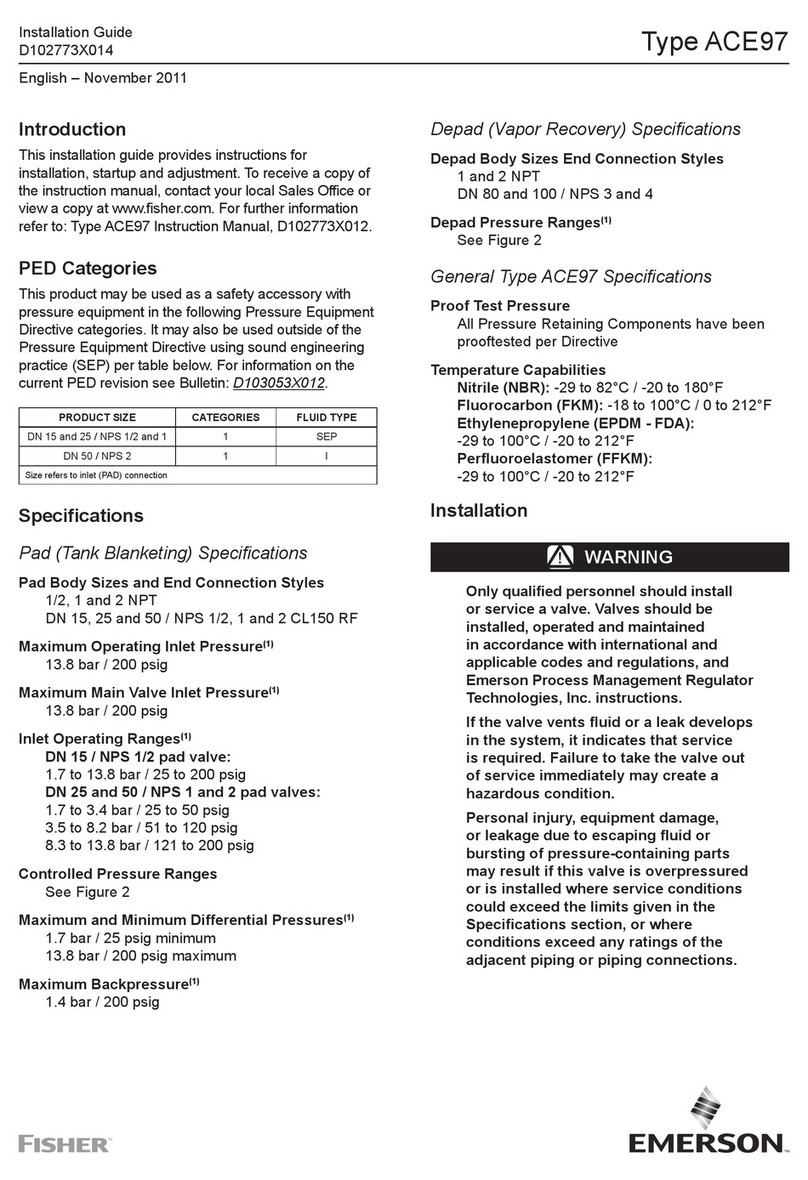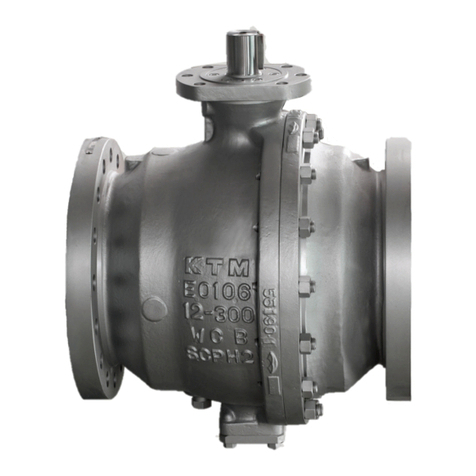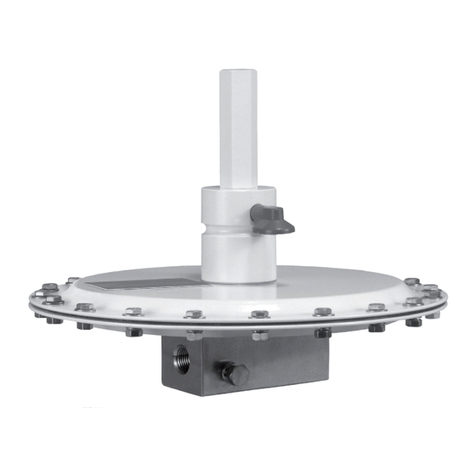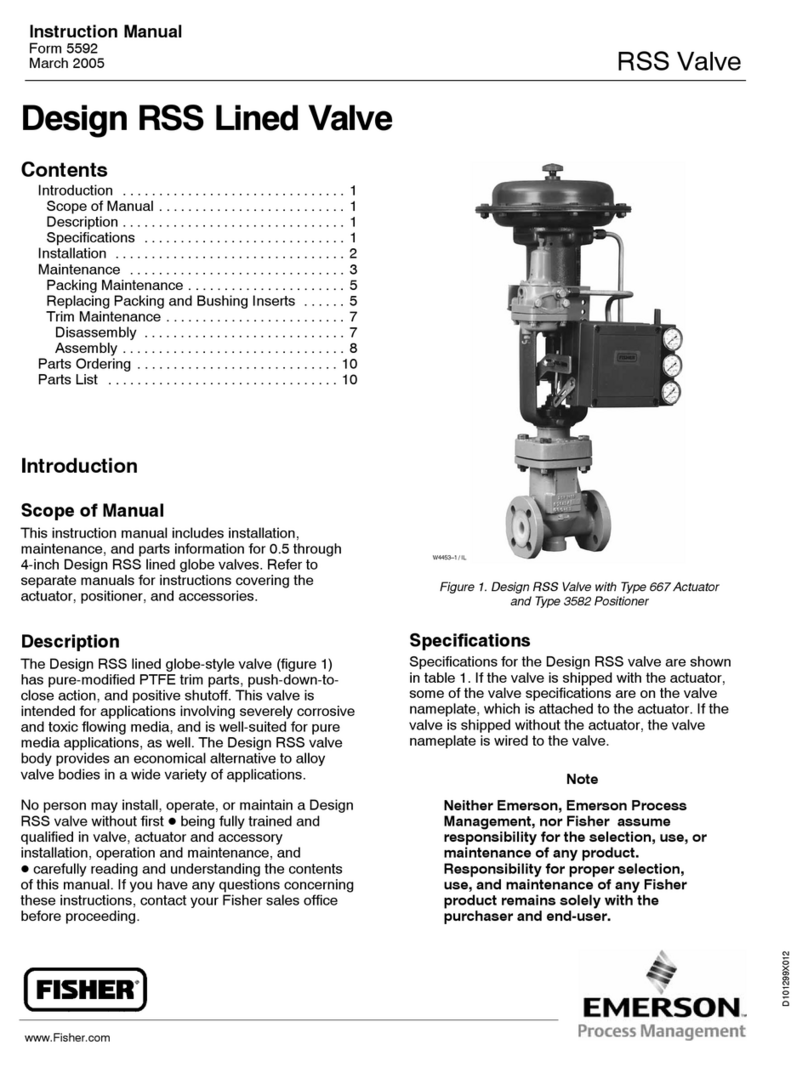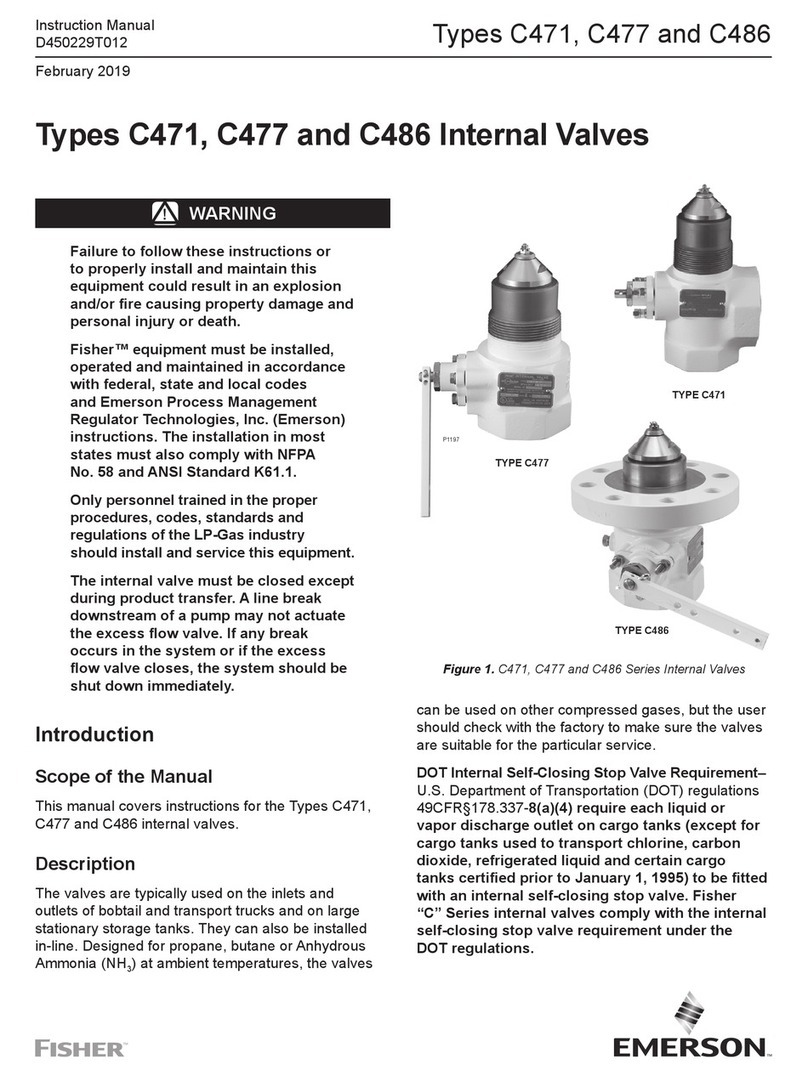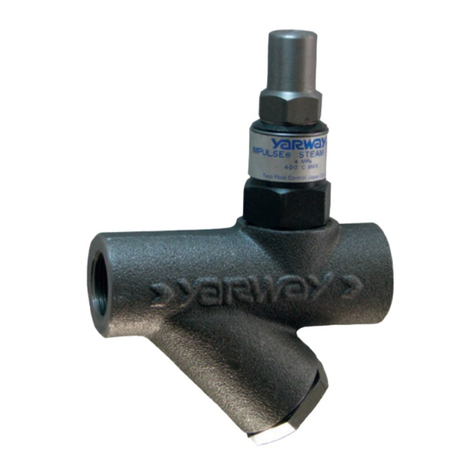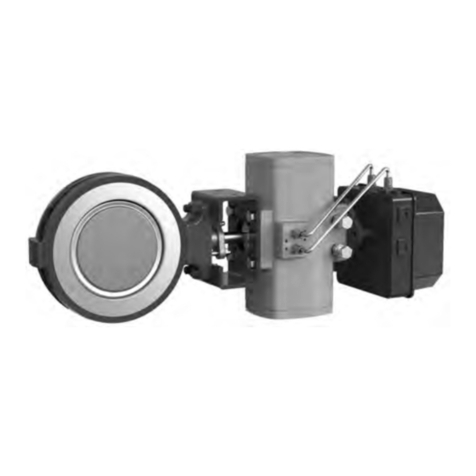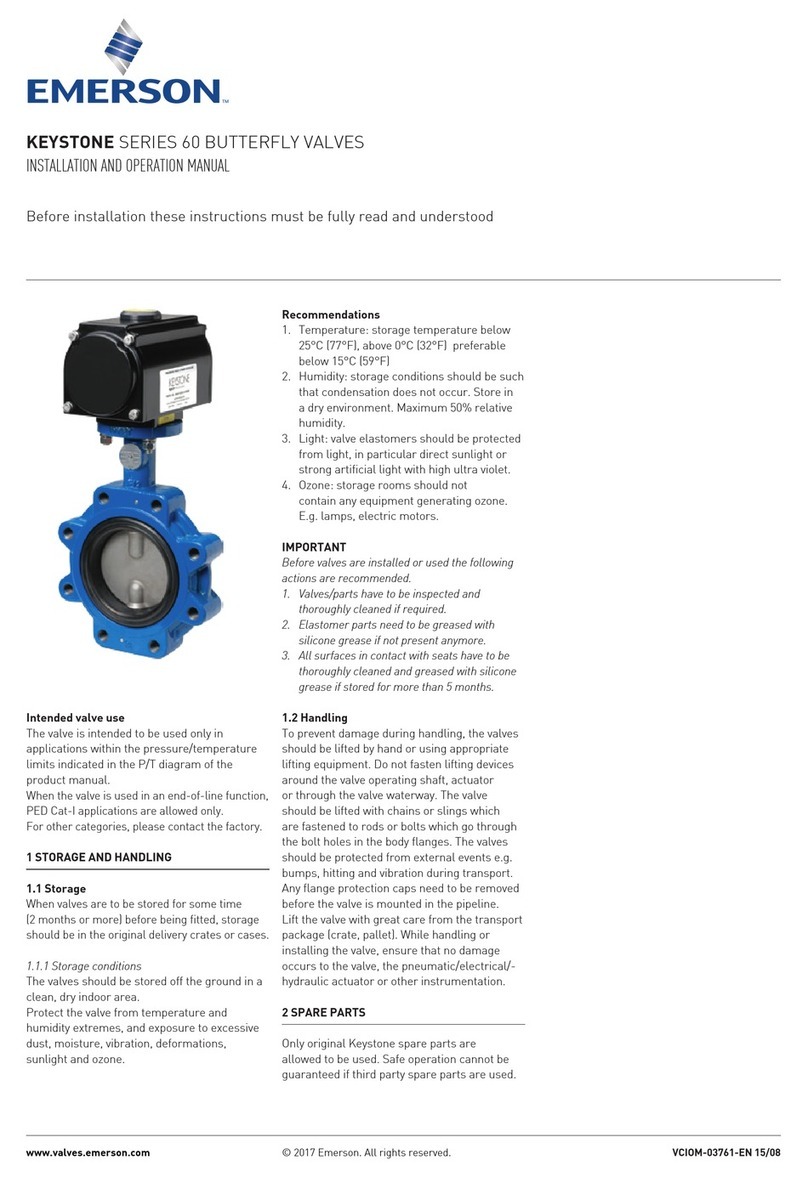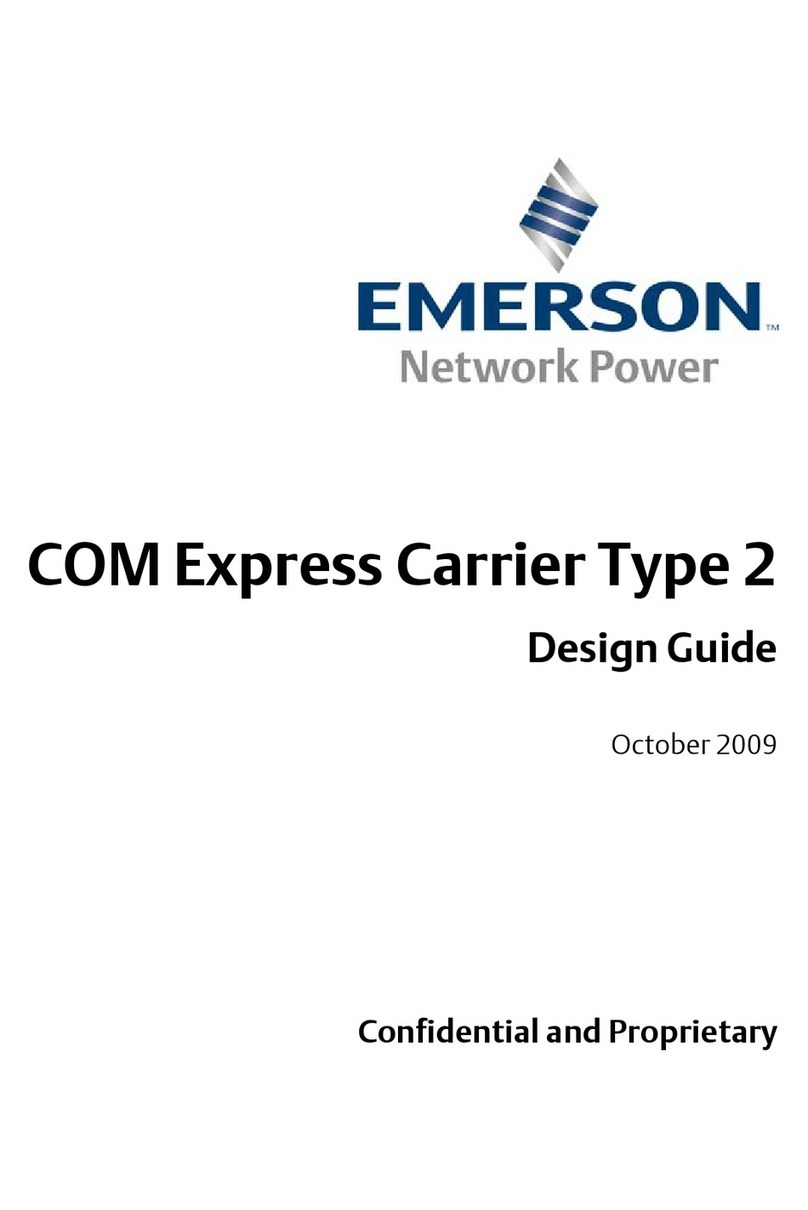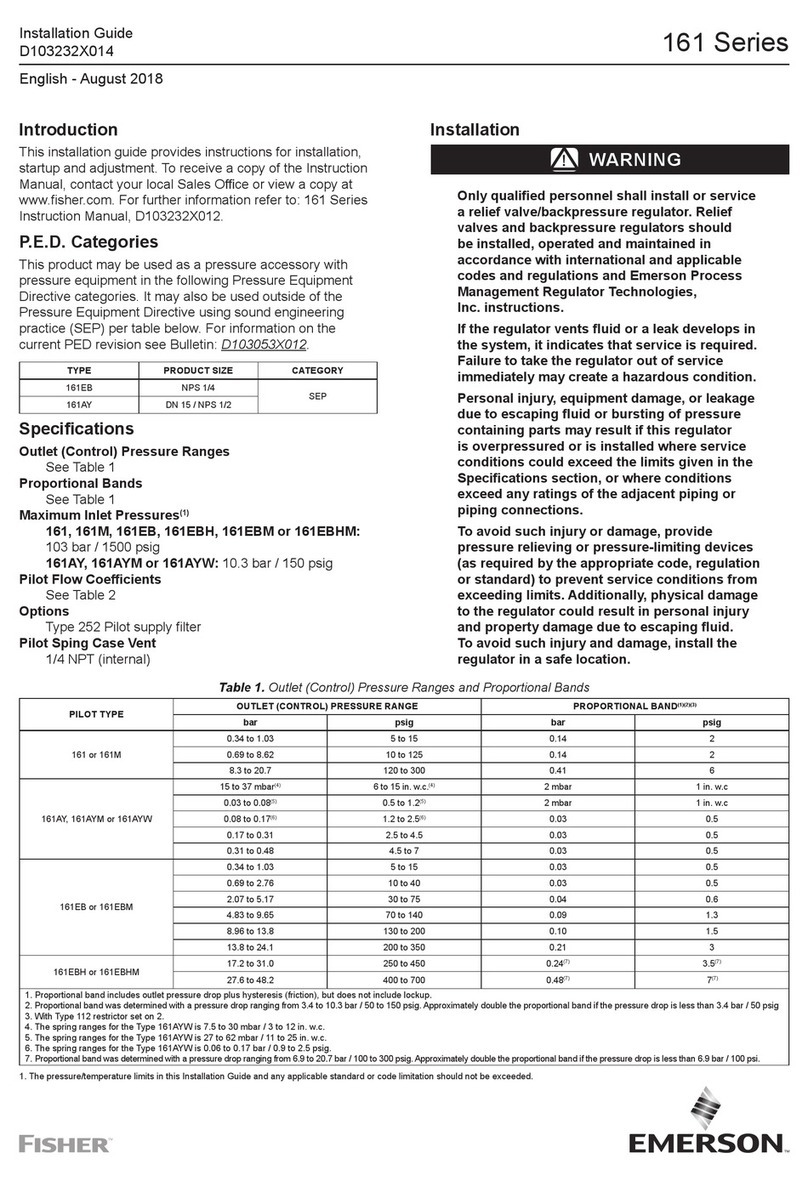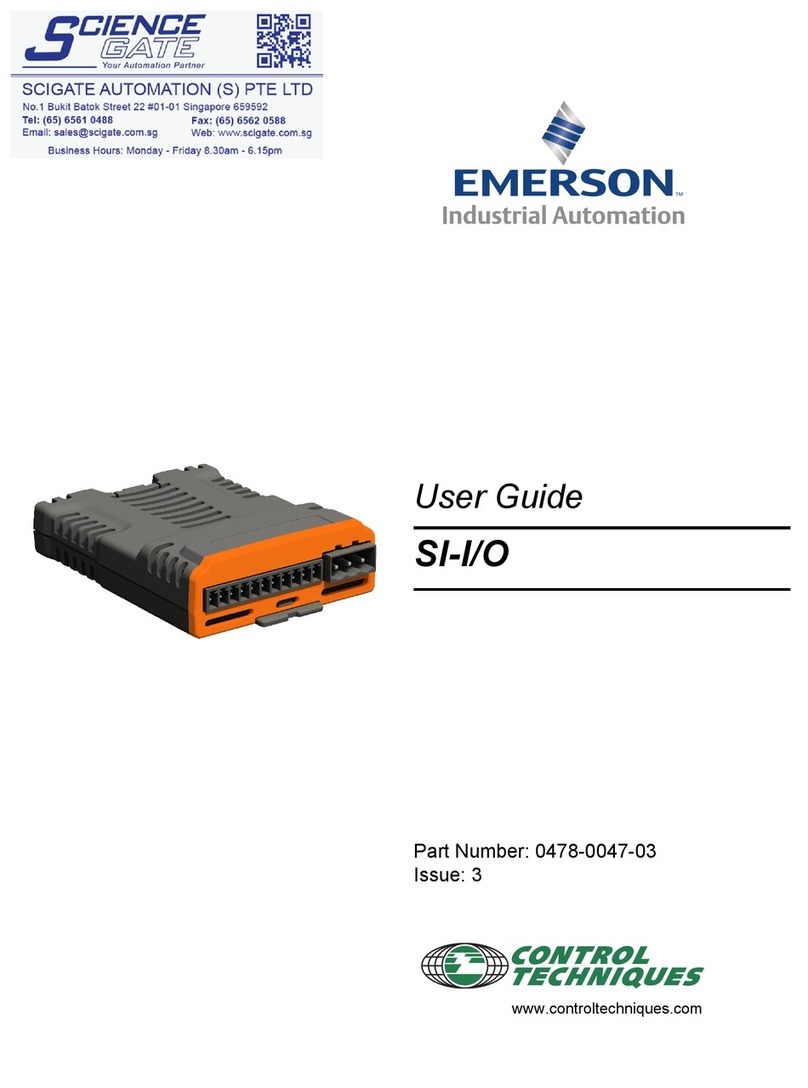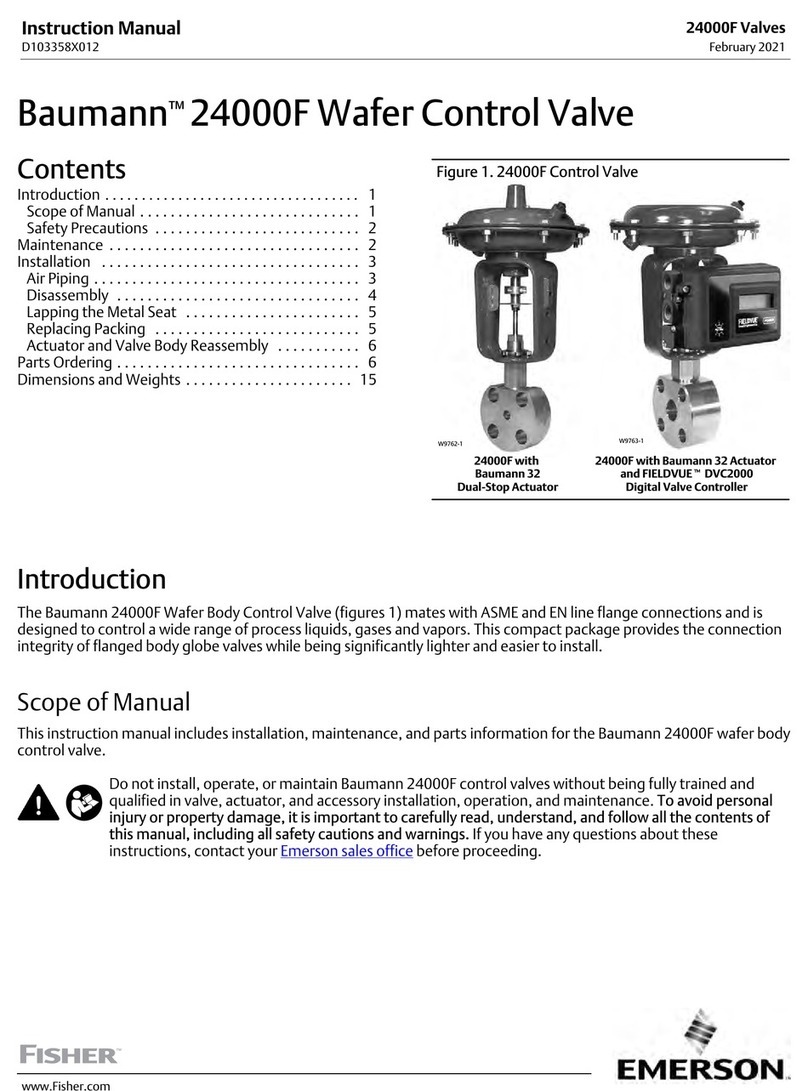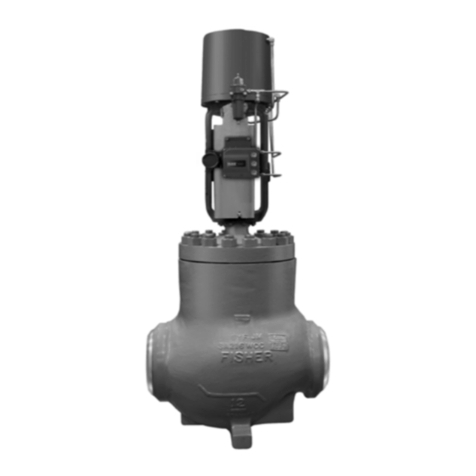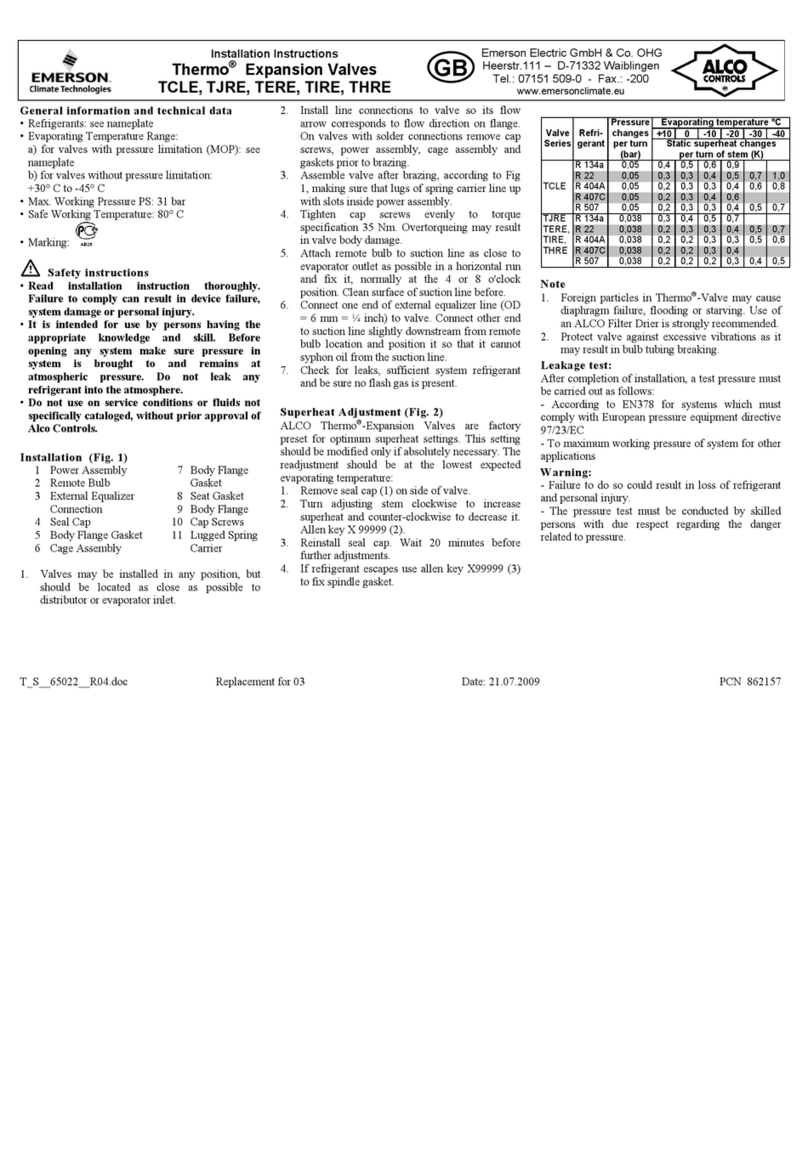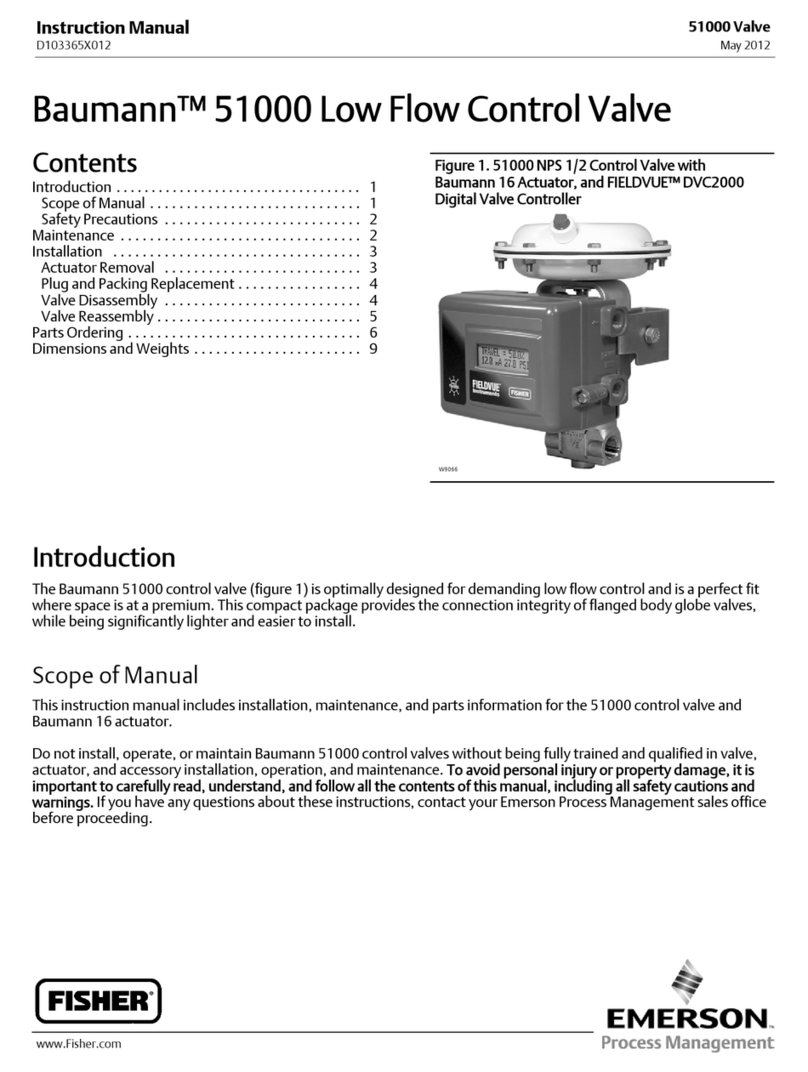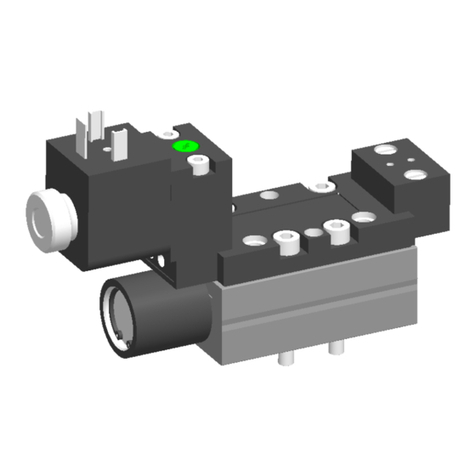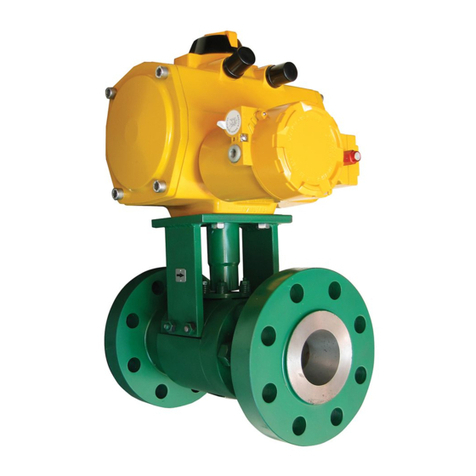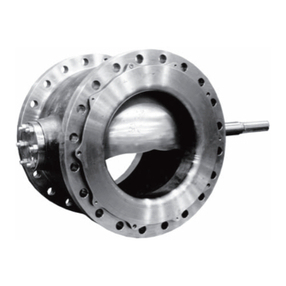
2
CAUTION
!
WARNING
!If you do not follow these instructions exactly, a fire or explosion may
result, causing property damage, personal injury or loss of life.
Pilot gas
outlet
PILOT
PRESS
TAP
Figure 2. Gas valve side view
MAIN PIPING CONNECTIONS
All piping must comply with local codes, ordinances, and/or
national fuel gas codes.
1. Turn off electrical power to the system at the fuse box or circuit
breaker. Also turn off the main gas supply.
2. If replacing an existing valve, disconnect all plumbing and elec-
trical connections from the old control.
3. The control may be installed in any orientation except upside
down.The arrow on the valve indicates the direction of gas flow
through the control.
4. You should use new pipe that is properly chamfered, reamed,
and free of burrs and chips. If you are using old pipe, be sure it
is clean and free of rust, scale, burrs, chips, and old pipe joint
compound.
5. Apply pipe joint compound (pipe dope) or teflon tape that is
approved for all gases, only to the male threads of the pipe
joints. DO NOT apply compound or teflon tape to the first two
threads (see fig. 1 for typical piping connections).
6. If you are using a vise or open-end wrench to hold the valve
while installing piping, do not tighten excessively, as this may
damage the valve.
7. If additional clearance for the gas cock knob is required when
installing the new valve in an existing system, rotate the knob
to the position between ON and OFF. Depress the knob while
turning the valve.The knob will depress only while in this position.
8. See SYSTEM WIRING when making electrical connections.
After all gas and electrical connections are completed, turn gas
on and check for gas leaks with leak detection solution or soap
suds. Bubbles forming indicate a leak. SHUT OFF GAS AND
FIX ALL LEAKS IMMEDIATELY.
Horizontal
Drop
Piped Gas
Supply
Gas Valve
3 in.
minimum
Gas Valve
Riser
Piped Gas
Supply
3 in.
minimum
Horizontal
Riser Gas Valve
Tubing Gas
Supply
3 in.
minimum
NOTE:
Always Include
A Drip Leg In Piping
Figure 1. Typical gas valve piping
DO NOT BEGIN INSTALLATION UNTIL YOU READ THE
FOLLOWING PRECAUTIONS.
1. Failure to turn off electric or main gas supply to heating
system could cause personal injury and/or property damage
by shock, gas suffocation, fire, and/or explosion.
2. Do not use this control on circuits exceeding specified volt-
age. Higher voltage will damage the control and may cause
shock or fire hazard.
3. NEVER USE FLAME OR ANY KIND OF SPARKTO CHECK FOR
GAS LEAKS–COULD CAUSE FIRE AND/OR EXPLOSION.
4. DO NOT USEWIRE JUMPER on pilot systems, such as stand-
ing pilot, proven pilot, or spark-to-pilot ignition–a fire and/or
explosion may result.
5. Do not use a control set for natural gas with LP gas, or a
control set for LP gas with natural gas. Personal injury and/
or property damage, gas suffocation, fire, and/or explosion
may result.
1. Do not short out terminals on gas valve or primary control to
test. Short or incorrect wiring can cause equipment damage,
property damage, and/or personal injury.
2. This control is not intended for use in locations where it may
come in direct contact with water. Suitable protection must
be provided to shield the control from exposure to water
(dripping, spraying, rain, etc.).
PRECAUTIONS
INSTALLATION
Horizontal
Drop
Piped Gas
Supply
Gas Valve
3 in.
minimum
Gas Valve
Riser
Piped Gas
Supply
3 in.
minimum
Drop
Horizontal
Riser Gas Valve
Tubing Gas
Supply
3 in.
minimum
NOTE:
Always Include
A Drip Leg In Piping
Figure 1. Typical gas valve piping
Pilot gas
outlet
Gas outlet
PILOT
PRESS
TAP
Figure 2. Gas valve side view
